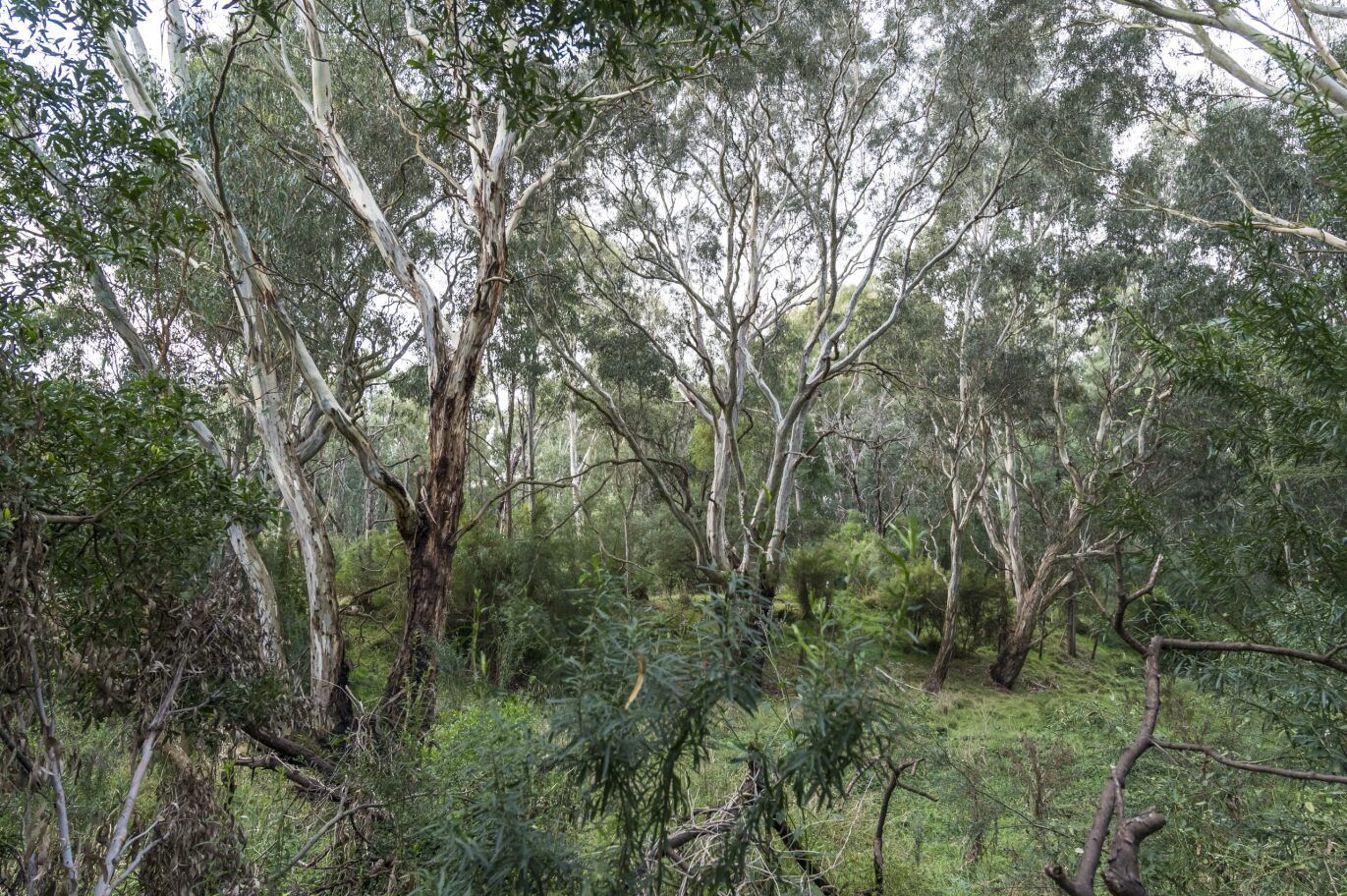Home/Curriculum resources/Language in law/Activity 1- The social effects of inclusive language
Learning Area:
English
Year level:
Level 10
Suggested timing:
Two lessons

Activity 1- The social effects of inclusive language
This activity is a part of the Language in law resource.
Trees and Scrub, Bulleen, Wurundjeri country. Photographer: Tiffany Garvie. Source: Ngarrngga. © Tiffany Garvie 2023. Used under licence.
In this lesson, students can examine the Yarra River Protection (Wilip-gin Birrarung murron) Act 20177, and reflect on the social effects of inclusive language.
Step-by-step guide
Step 1: Read the Yarra River Protection (Wilip-gin Birrarung murron) Act
In the first lesson, students can examine the Yarra River Protection (Wilip-gin Birrarung murron) Act 2017 0 , considering, in particular, the preamble that opens the Act.
Step 2: Write discussion notes
With reference to this example, students can write discussion notes on the social effects of inclusive language. Students can then have the discussion as a whole class or in smaller groups.
Step 3: Think, Pair, Share- Reflection writing
In the second lesson, students can write a reflective paragraph describing a time when they experienced or observed the social effects of exclusionary language. Students can attend to the distancing or marginalising effects of this.
Step 4: Think, Pair, Share- Discussion
In pairs, they can then share their example and consider how inclusive language could have been used instead and what difference it would have made in their example.
Step 5: Think, Pair, Share- Whole class discussion
The whole class can then reconvene and discuss a number of examples.
Related activities within this resources:

Inquiry-based learning questions
These inquiry-based questions are provided for flexible classroom use, allowing teachers to tailor discussion and reflections specific to their classroom needs.

Activity 2 – Wurundjeri Elders address Victorian parliament
Students will watch the Wurundjeri Tribe Council’s address to the Victorian parliament and discuss the social, moral, and ethical positions evident within this historical moment.
Suggested timing:
One lesson